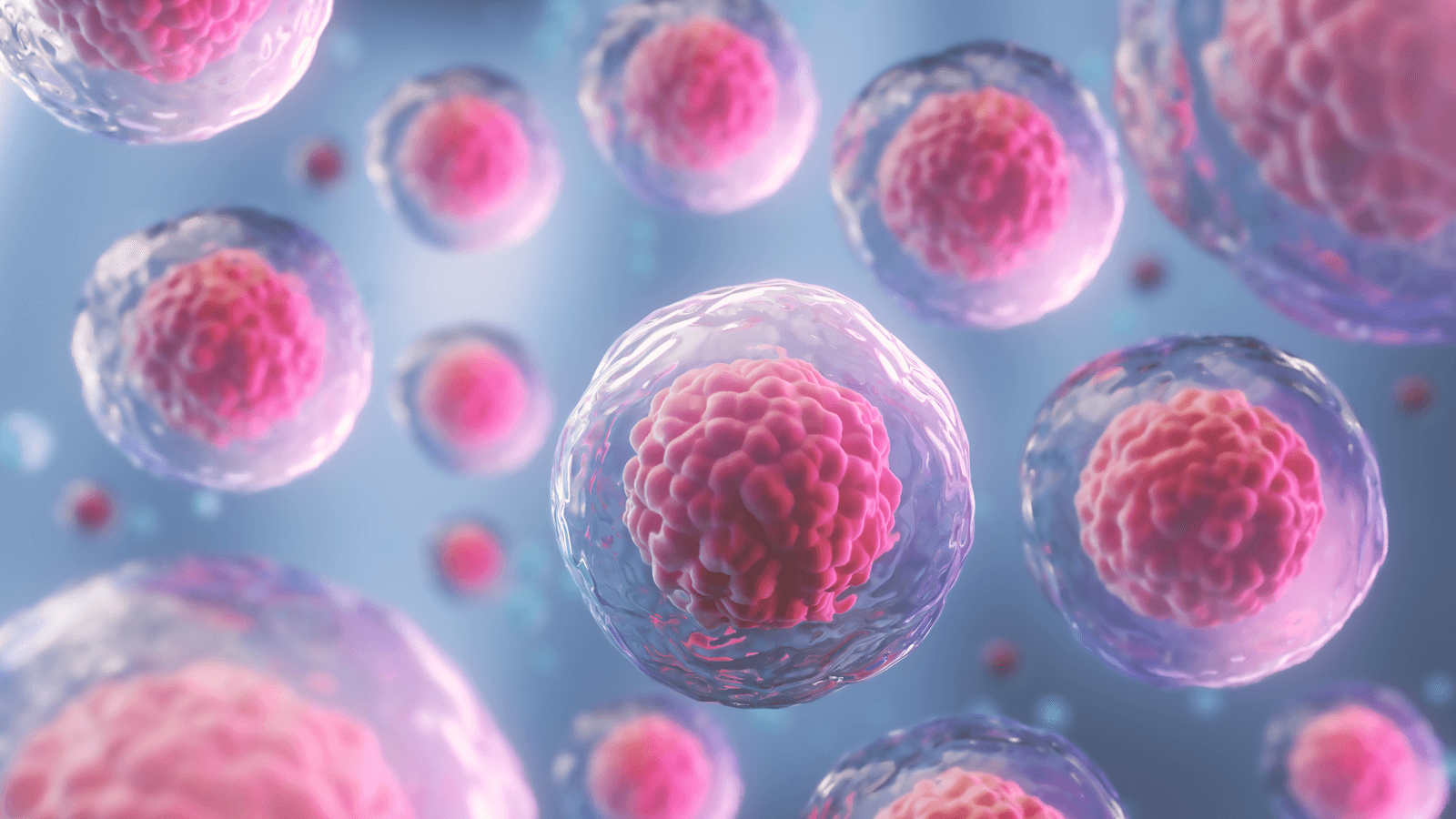
Major challenges in stem cell therapy
Stem cells are undifferentiated cells that have the capacity to self-renew and differentiate into specialized cells under given conditions. Stem cells mainly include embryonic stem cells (ESC), induced pluripotent stem cells (iPSC), Epiblast-derived stem cells (Epi-SC), and adult tissue stem cells. It is well known that stem cells have significant potential for the generation of tissues with minimal risk of rejection and side effects. However, there are several challenges and controversies in stem cell therapy that need to be addressed (1).
Manufacturing and contamination issues
Ensuring manufacturing consistency throughout the whole process along with a formal safety assessment of the product are the major challenges faced in stem cell therapy. Preclinical testing, safety evaluation, and interaction between regulatory agencies are essential in this field. When cell products need to be introduced into the human body, they must be fully characterized and free from contamination. Additionally, the in vitro maintenance of stem cells genotypic and phenotypic behavior at their optimum is challenging in long term stem cells cultivation. The goal should be to minimize the number of passages to decrease the chance of genetic aberrations (1,2).
Post-transplant stem cell distribution Improper localization of stem cells after transplantation is a major problem and therefore, it is necessary to be able to monitor cell distribution into the host after administration. Since pluripotent stem cells have the capacity to form teratomas in immunocompromised animals, a suitable method is required to monitor how the transplanted cells behave to avoid ectopic tissue or tumor formation (3). For example, GFP-labeled cells that have been introduced into an animal model, were monitored by qPCR, nuclear magnetic resonance (NMR), or magnetic resonance imaging (MRI) scans (4).
Challenges in developing nations
Stem cell therapies are highly expensive, and it is difficult for developing nations to keep pace with technological advancements. Lack of skilled human resources, poor infrastructure, and no government support halts research every year in developing nations. Moreover, the poor socioeconomic status of the population does not encourage the adoption of stem cell therapies even after research. Private sector funding, international collaborations, and the promotion of exchange studies should help solve most of the challenges mentioned in the research and adoption of stem cell therapy (5).
References
1. Ikehara S. Grand challenges in stem cell treatments. Front Cell Dev Biol. 2013 Oct 10;1:2. doi: 10.3389/fcell.2013.00002. PMID: 25364707; PMCID: PMC4206984.
2. Master Z, McLeod M, Mendez I. Benefits, risks and ethical considerations in translation of stem cell research to clinical applications in Parkinson’s disease. J Med Ethics. 2007 Mar;33(3):169-73. doi: 10.1136/jme.2005.013169. PMID: 17329391; PMCID: PMC2598267
3. Blum B, Benvenisty N. Clonal analysis of human embryonic stem cell differentiation into teratomas. Stem Cells. 2007 Aug;25(8):1924-30. doi: 10.1634/stemcells.2007-0073. Epub 2007 Apr 26. PMID: 17464084
4. Noaksson K, Zoric N, Zeng X, Rao MS, Hyllner J, Semb H, Kubista M, Sartipy P. Monitoring differentiation of human embryonic stem cells using real-time PCR. Stem Cells. 2005 Nov-Dec;23(10):1460-7. doi: 10.1634/stemcells.2005-0093. Epub 2005 Aug 4. PMID: 16081663
5. Trounson A, McDonald C. Stem Cell Therapies in Clinical Trials: Progress and Challenges. Cell Stem Cell. 2015 Jul 2;17(1):11-22. doi: 10.1016/j.stem.2015.06.007. PMID: 26140604.



